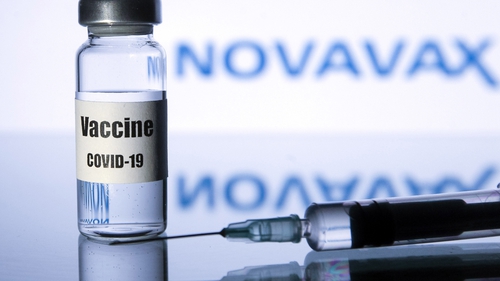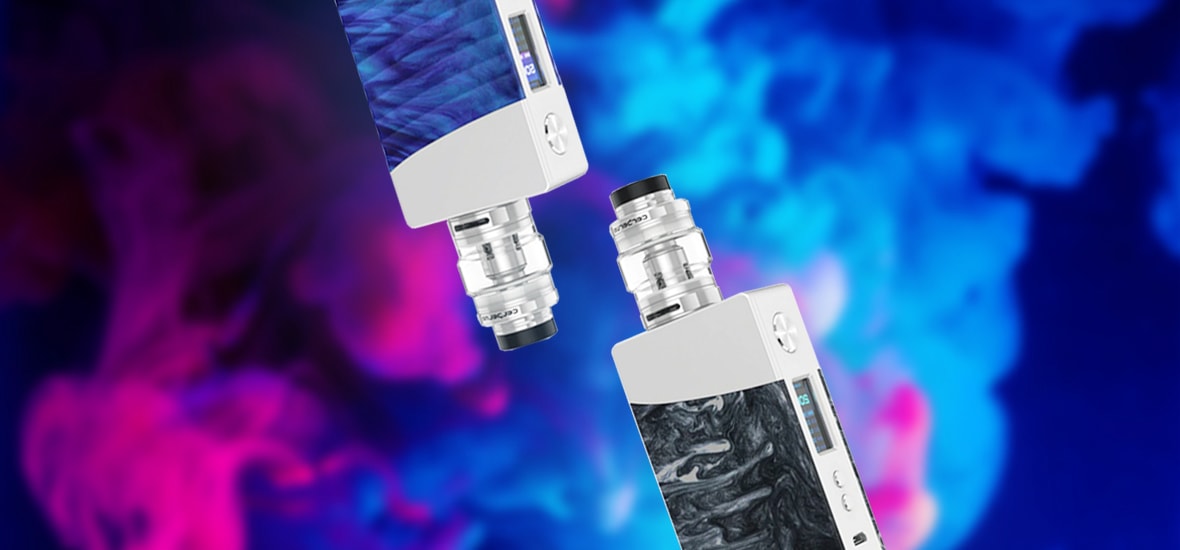

When the protein, having been harvested from the insect cells and purified, is mixed up with a polysorbate-80 solution, they end up stuck into the sphere like a bunch of whole cloves stuck into a mandarin orange. The shape and size of the micelles is set by the length of the tail group and the area of the head group, so for these molecules the optimum shape is a sphere, probably a few tens of nanometers in diameter.Īs far as the spike proteins are concerned, these somewhat squishy nanoparticles look a bit like the membrane of the virus, in that they have an oily core that the stalks can be buried in. The net result is that in water Polysorbates-80 self-assembles into nanoscale droplets – micelles – in which the hydrophobic tails are buried in the core and the hydrophilic head groups cover the surface, interacting with the surrounding water. But unlike soap or comment synthetic detergents, the head group is, although water soluble, uncharged. It’s like soap, in that it has a hydrophobic tail group and a hydrophilic head group. The whole thing is what’s known as a non-ionic surfactant. This consists of a hydrocarbon tail – essentially the tail group of oleic acid – attached to a sugar like molecule – sorbitan – to which are attached short chains of ethylene oxide. The spike protein is formulated with a soap-like molecule called Polysorbate 80 (aka Tween 80). Moreover, that shape changes when the virus approaches the cell it is going to infect – so for best results the protein in the vaccine needs to look like the spike protein at the moment when it’s armed and ready to invade the cell. For the protein to work as a vaccine, it has to have exactly the same shape as the spike protein has when it’s on the surface of the virus. It has a hydrophobic stalk, which sticks into the middle of the lipid membrane which coats the coronavirus, and an active part, the “spike”, attached to this, sticking out into the water around the virus. The protein has two complications compared to the simplest molecules studied by structural biologists – it’s a glycoprotein, which means that it has short polysaccharide chains attached at various points along the molecule, and it’s a membrane protein (this means that it’s structure has to be determined by cryo-transmission electron microscopy, rather than X-ray diffraction). The optimal alteration was found by Novavax’s team, led by scientist Nita Patel, who quickly tried out 20 different versions before hitting on the variety that is most stable and immunologically active. The protein used in the vaccine is a slightly tweaked version of the molecule in the coronavirus. It’s this stage that, in the UK, will be carried out in the Teeside factory of the contract manufacturer Fujifilm Diosynth Biotechnologies. The infected cells are harvested and the spike proteins collected and formulated. It’s synthesised in bioreactors by using a genetically engineered insect virus, which is used to infect a culture of cells from a moth caterpillar. The Novavax vaccine is less subtle – the protein itself is used as the vaccine active ingredient. The mRNA vaccines and the viral vector vaccines both hijack the mechanisms of our own cells to get them to produce analogues of these spike proteins in situ. So what are these “recombinant nanoparticles”?Īll three of these vaccine classes – mRNA, viral vector and Novavax – are based around raising an immune response to a particular protein on the surface of the coronovirus – the so-called “spike” protein, which binds to receptors on the surface of target cells at the start of the process through which the virus makes its entrance. The Novavax vaccine depends on nanoparticles, too, but it turns out that these are rather different in their character and function to those in the mRNA vaccines – and, to be fair, are somewhat less precisely engineered. As I’ve discussed before (in Nanomedicine comes of age with mRNA vaccines), the Moderna and BioNTech/Pfizer vaccines both crucially depend on a rather sophisticated nanoparticle system that wraps up the mRNA and delivers it to the cell. We have the mRNA vaccines from BioNTech/Pfizer and Moderna, the viral vector vaccine from Oxford/AstraZeneca, and now Novavax, which is described as “recombinant nanoparticle technology”.

What’s striking about this is that we now have a third, completely different class of vaccine that has demonstrated efficacy against COVID-19. The prospects now look very promising for regulatory approval.

#Nova vax ingredients trial#
The results for the phase III trial of the Novavax Covid vaccine are now out, and the news seems very good – an overall efficacy of about 90% in the UK trial, with complete protection against severe disease and death.


 0 kommentar(er)
0 kommentar(er)
